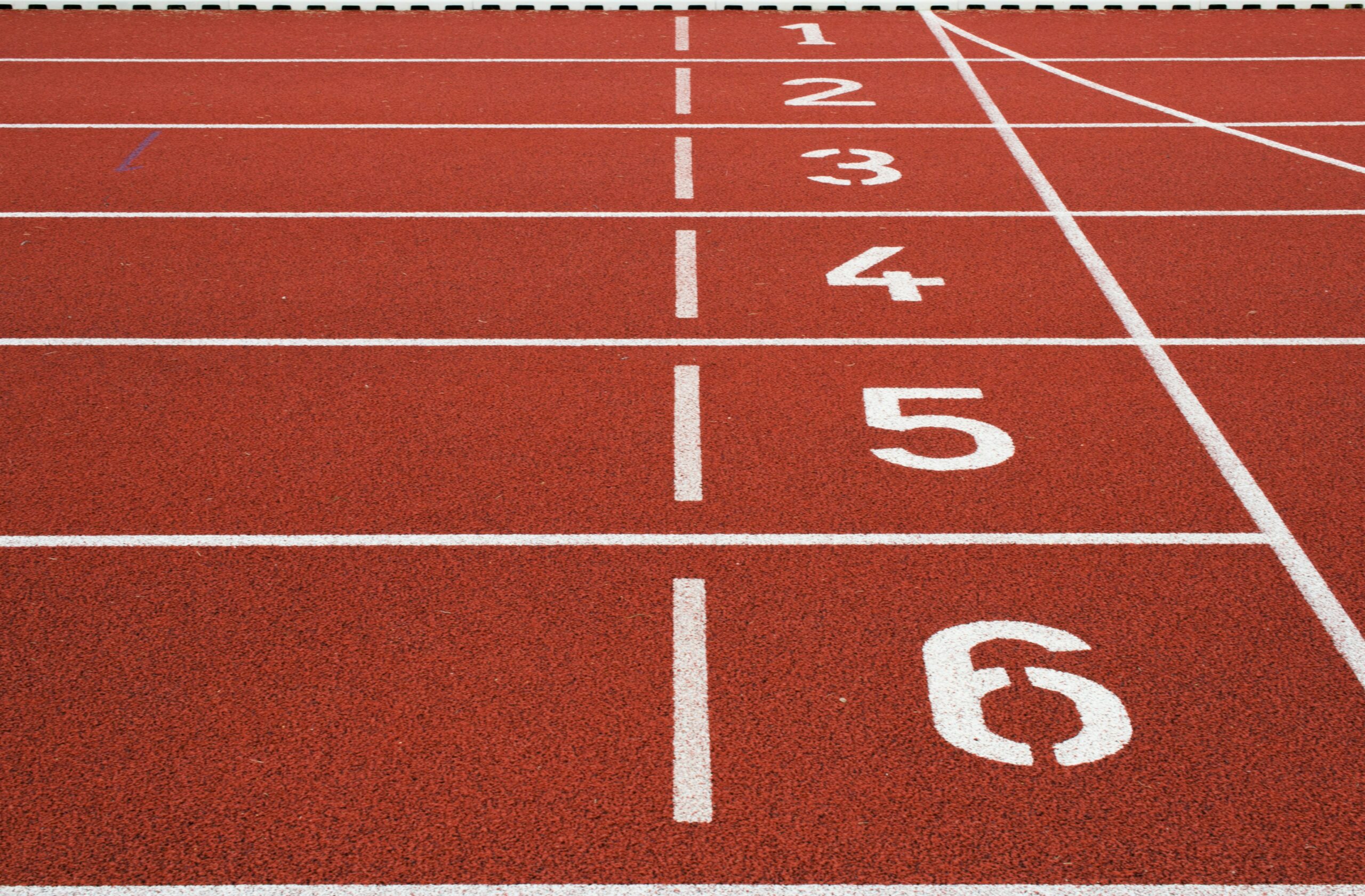In France, the right to one’s image is a fundamental right derived from Article 9 of the Civil Code, which states that "Everyone has the right to respect for their private life." Unlike in some countries, notably Anglo-Saxon ones, an individual's fame and media exposure have no bearing on their ability to authorize or refuse the exploitation of their image by a third party.
High-level athletes, like any other person, have the right to control their image and to commercialize it, profiting from their notoriety by entering into sponsorship contracts with the partners of their choice. In practice, however, this principle of freedom is often challenged by restrictions specific to the sports ecosystem.
Individual, associated, and collective image of athletes
Since high-level athletes are typically affiliated with a sports federation, and often with a club, they are frequently bound by a number of agreements (collective agreements, employment contract, federation regulations, etc.) governing the use of their image, leaving them with little room to maneuver. It is therefore necessary to distinguish between:
- The individual image of the athlete, the use of which is exclusively controlled by the athlete; - The individual image of the athlete associated with the activities of the sports organization they belong to, which allows the club or team to use the athlete’s image to promote its organization or the competitions it participates in, without needing the athlete’s consent; - The specific case of collective image of athletes belonging to the same club or team, when more than 50% of the athletes on the field are present in the image, the club or team may sometimes claim exclusive control over this collective image and decide to associate its own partners with it.The articulation between these different types of images often leads to disputes, as some athletes may be reluctant to associate their image with certain partners of their sports organization or the event in which they participate. For instance, in 2022, Kylian Mbappé notably refused to take part in marketing operations with the French national football team and certain commercial partners of the French Football Federation, arguing that these partners did not align with his values.
Strict regulation of athletes' images during major sporting events
In terms of sponsorship contracts and use of athletes' images, the issues become even more complicated during major sporting events. The Olympic and Paralympic Games are perhaps the most notable example.
The regulations governing the Olympic and Paralympic Games, often at the center of debates, impose significant restrictions on athletes regarding the use of their images. These regulations aim to protect the official sponsors of the International Olympic Committee (IOC) and the International Paralympic Committee (IPC) by limiting athletes’ commercial communications with their personal sponsors during a defined period known as the "protected period."
During this period, an athlete is restricted to one thank-you message per sponsor, without mentioning a specific product or service and without using protected elements owned by the IOC or IPC (Olympic rings, images of the Olympic or Paralympic site, medals, etc.). The goal is clear: to guarantee exclusivity for the IOC and IPC partners, who finance a large part of the event, and to prevent non-partner brands from taking advantage of the extraordinary visibility associated with the Games.
Beyond the example of the Olympic and Paralympic Games, most major sporting events implement strict rules for athletes regarding the use of their image and the promotion of their personal sponsors, with the aim of protecting the rights of the event’s official sponsors.
Conclusion
Athletes’ image rights are a complex issue, requiring a balance between the individual rights of each athlete and the legitimate interests of structures such as clubs, federations, or event organizers, which help fund the sports movement.
Balancing these sometimes divergent rights and interests necessarily involves careful contractual negotiation between each stakeholder to ensure a fair balance between athletes' freedoms and the economic imperatives related to the funding of the sports ecosystem.
At the same time, it is important to note the emerging legal trend that increasingly classifies athletes under sponsorship contracts as models, subject to the legal regime applicable to this profession. Such classification has significant tax and social implications for athletes. This equally delicate issue will be explored in-depth in a future article.

